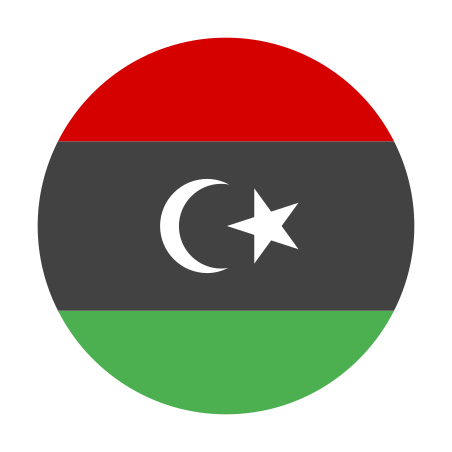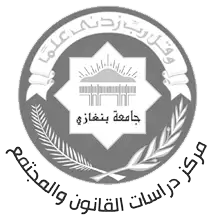Access to Justice in Libya (A2JiL)
This 60-month project is to contribute to a solid, accessible, domestically owned knowledge base for people-centred interventions aimed at strengthening access to justice in Libya (A2JiL), and to disseminate such knowledge among stakeholders, enhancing awareness and the capabilities required to provide A2JiL.
| Project Manager | Suliman Ibrahim |
| Duration | 2021 - 2024 |
| Funding | Ministry of Foreign Affairs in the Netherlands |
| Partners | Center for Law and Society Studies (Benghazi University) (CLSS) |
| Phases |
The project focuses on five areas: justice-seekers, justice providers (state and non-state), outcomes, contexts, and barriers. Access to justice in this project includes major elements of transitional justice as well as justice reform. The project will not only target the general population but also pay special attention to vulnerable groups such as women, ethnic minorities, migrants and IDPs. The project uses a conflict-sensitive approach and builds on previous research, notably concerning the role of law in national reconciliation and peacebuilding. The project ascertains whether, to which extent, and how, in a country plagued by political and institutional divide, armed conflict and lack of security, people have access to justice, and how to improve such access by identifying and reducing barriers.
The main five research questions are:
- To what extent and how do people in Libya in general, and members of disadvantaged groups such as women, ethnic minorities, migrants and IDPs, when facing ‘ordinary’ or ‘transitional’ justice concerns, engage with the available state and non-state justice providers in order to obtain a remedy, and why so?
- To what extent and how do justice providers in Libya, both state and non-state, respond to the approaches and requests of the abovementioned justice seekers, and why so?
- To what extent are justice providers’ remedies adequate, both from the perspective of justice seekers and from the perspective of Libya’s legal framework, and why so?
- How is A2J in Libya impacted upon by contextual actors and factors, notably in its legal, political, cultural, economic, social, and historical contexts?
- What are the main A2J barriers, what the main A2J elements that work, and why so; and by which justice interventions in Libya could such barriers be effectively reduced, could the elements that work be built upon and improved, the linkages and complementarity between them strengthened, and the overall A2JiL thus enhanced?






